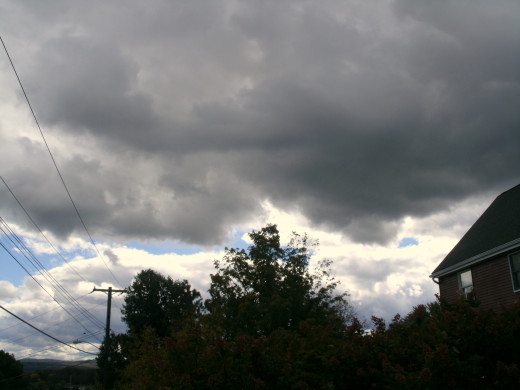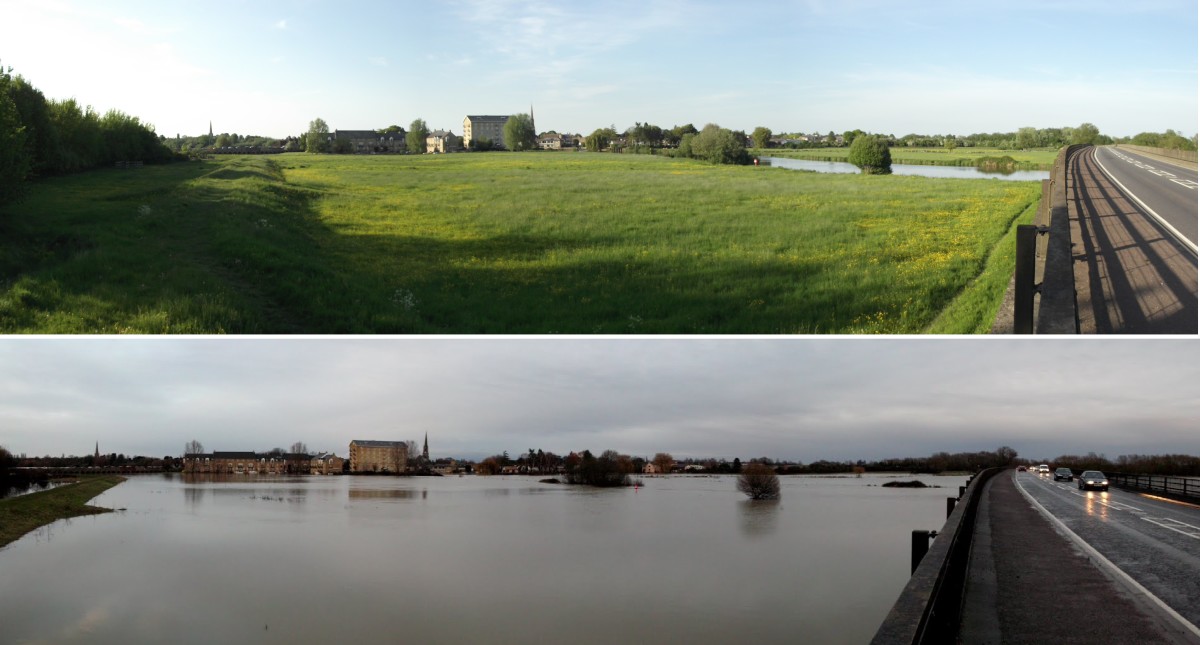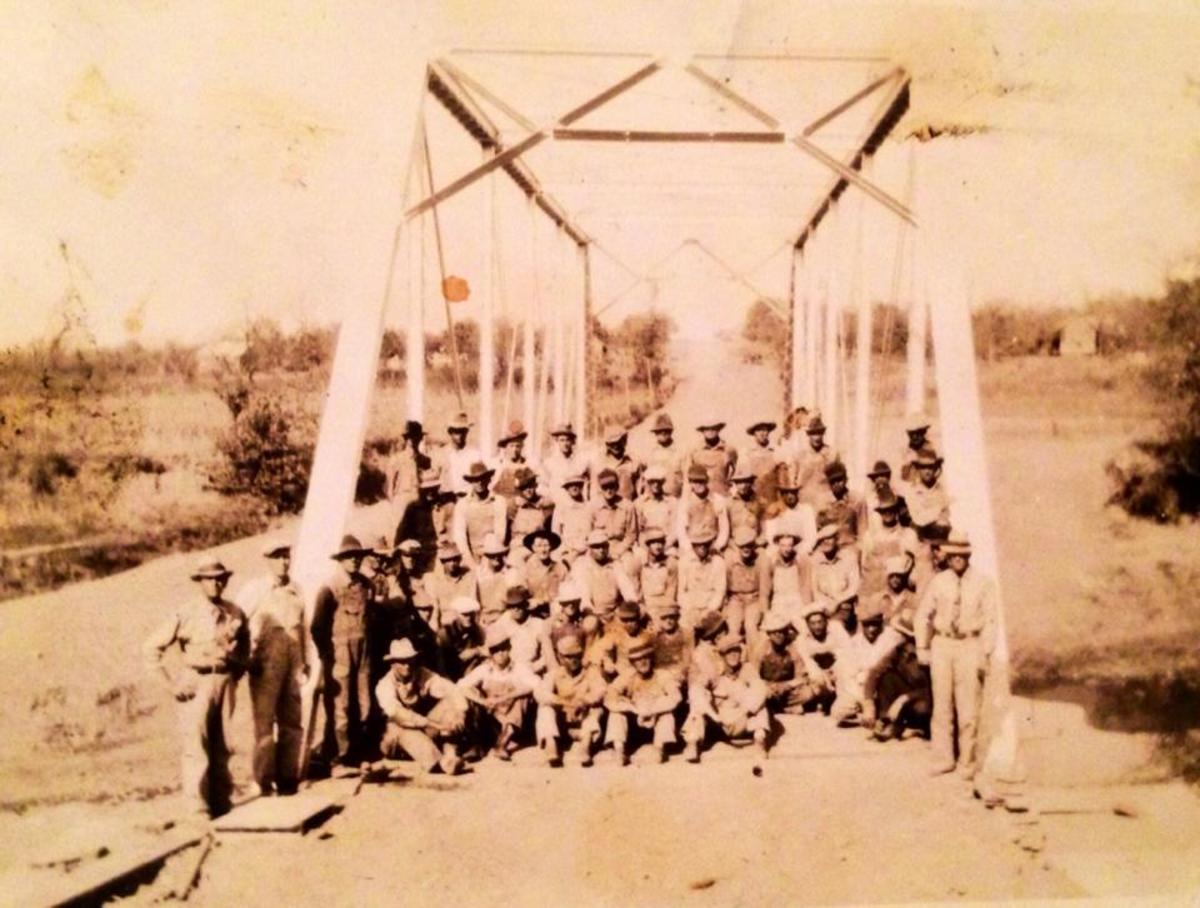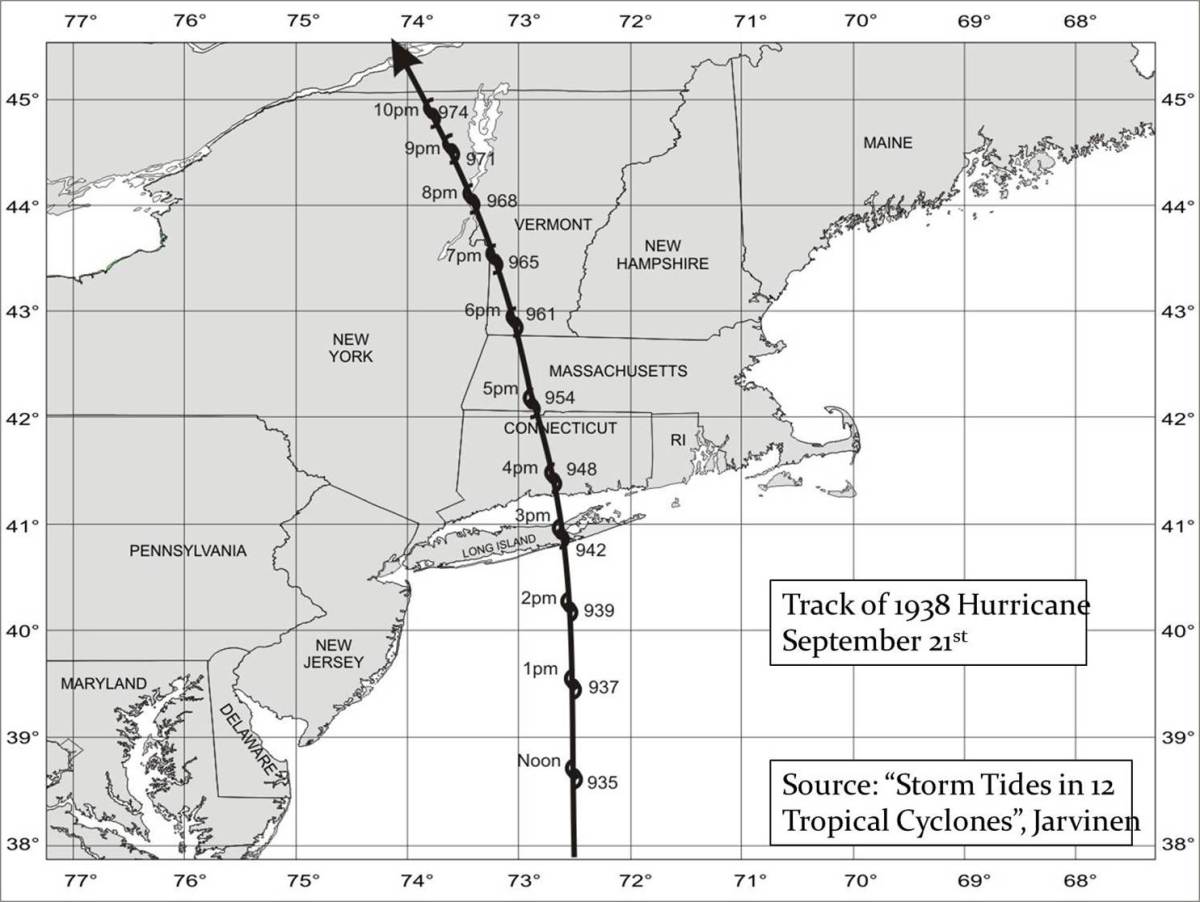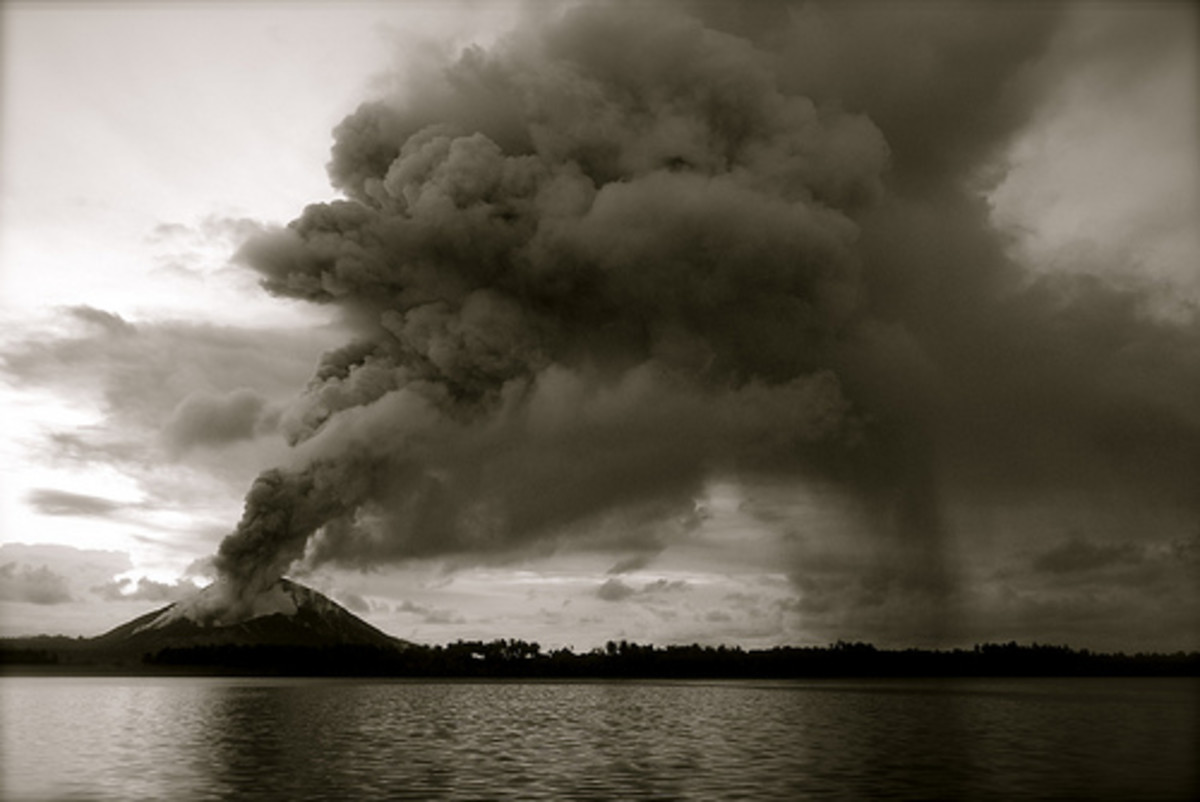Natural Disasters - A History of Flooding
Flooding Devastation
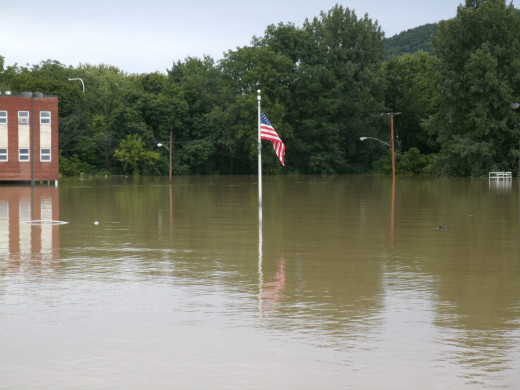
THE FIRST DAY OF SCHOOL
As always, the summer had flown by. Memories of family vacations were frozen in time on digital cameras and plastered all over Facebook. Vegetable gardens were nearly picked clean as people busily canned their tomatoes and pickled cucumbers. Public swimming pools had shut down for the year and many people started closing summer camps and cottages. The exodus of boats going into winter storage had begun after an all too short season of four months on the water. People were already starting to grumble about seeing Halloween candy on the shelves of stores. New backpacks, shoes, sneakers, books, folders, pens, pencils, lunch boxes and clothes had been purchased while most proudly displayed their new haircuts. The children were gathered at bus stops or being dropped off at school with shiny scrubbed faces, in nervous anticipation of the start of another school year. The date was September 7, 2011, and that is when it began to rain.
Watercraft

THE HIGH PRICE OF NATURE'S BEAUTY
Broome County, in New York State, is situated in the Southern Tier and borders the northern tip of Pennsylvania. The picturesque region is rich with hills and wide valleys that were carved out by glaciers during the Ice Age. There is the 90 miles long Chenango River and the Susquehanna River which is approximately 450 miles long and flows through three states before eventually emptying into the Atlantic Ocean. These two major rivers join forces in the area I have called home for over a couple of decades now and with their magnificence there is also magnanimous dangers. Roughly 200,000 residents occupy our 715 square mile locality and of those, two-thirds have purchased their own homes. International Business Machines “IBM.” Endicott Johnson Shoe factory and tannery, Singer-Link, aviation simulators, Eureka Tents and Dick’s Sporting Goods were all born out of this territory. With a winning combination of plush forests, meadows, trails and an abundance of water, the conditions are ideal for all types of wildlife and birds of prey. Yet, the rivers, streams, and creeks that give us so much are similar to an unattended cinder in a fireplace, lying in wait to destroy our humble abodes that we love so much.
Playground Under Water
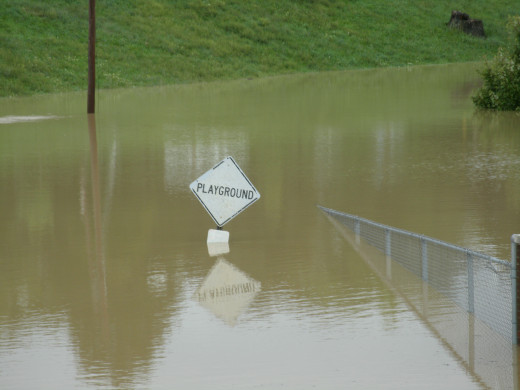
TWO FIVE HUNDRED YEAR FLOODS WITHIN FIVE YEARS
More than 50 people died in the July 1935 flood. Hundreds of homes were lost and numerous towns, villages and cities were nearly obliterated when the Southern Tier received 11 inches of rain and streams, rivers and creeks overflowed their banks. Another major flood occurred in June 1972 when the residuals of hurricane Agnes hit the area. Not only my county, but three other counties felt the wrath of raging waters as dozens lost their lives and homes, along with businesses that were washed away. The last week of June 2006 delivered a deluge of rainwater (between 8 and 15 inches) and runoffs from an already saturated river basin caused massive flooding in northern Pennsylvania and the Southern Tier of New York. Seven people perished in Pennsylvania. Three people were killed in New York, including two who didn't survive when the interstate highway they were driving on collapsed. According to the United States Geological Survey, the chances of flooding as severe as 2006 one ranged from 450 to over 500 years. The catastrophic losses were plentiful; resulting in hundreds of bridges either being washed away or left unstable, thousands of homes and businesses were totally destroyed, as were hundreds of miles of highways. In just my county, over 800 houses were completely ravaged beyond repair and another 300 had suffered severe damage.
K-mart Gone Forever
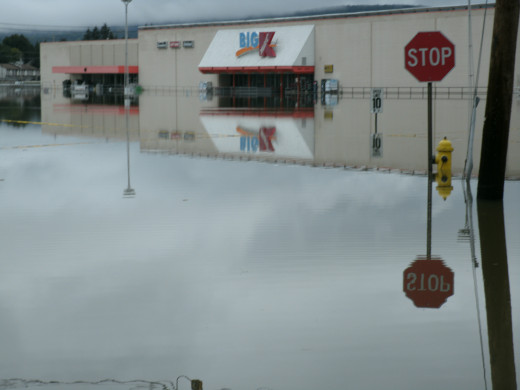
TROPICAL STORM LEE HITS THE SOUTHERN TIER WITH NO REMORSE
The children stood in the rain waiting for their school buses. At 7:30 A.M. I kissed my wife goodbye and told her to have a good day as she commenced her 37th year of teaching. I asked her to give me a call during her break, simply to bring me up to date on her students and how things were going. September 7, 2011, appeared to be just another rainy day in the Southern Tier and with summer vacations over and children back in school it seemed as though life was returning to the usual routines. However, things were far from normal on this morning. The rain became heavier and unrelenting. Tropical Storm Lee was making it known it was a force to be reckoned with. By mid-morning underpasses and roads in low-lying areas started to flood. I was glued to the radio and a program on my computer called RadioReference.com which is a police, fire and ambulance scanner. The airwaves were hot with chatter. Police, town, and village vehicles were awash in emergency calls. I listened intently as rescue crews were attempting to respond to a heart attack victim in a flooded rural area, as they struggled to find a house number. A street one block from my home became flooded and closed and then it became one closed road after another. Some schools went on lockdown due to dangerous waters surrounding their buildings. “Why hasn't Cathy called?” I asked myself. I was aware of how many different routes she could use to drive home, but her options were becoming less and less. Living on a hill, I watched helplessly as my street became a small version of Niagara Falls. The side yard had morphed into a large, fast flowing stream and the storm drains were shooting water up into the air like exploding fire hydrants. The Emergency Broadcast System was wildly beeping nonstop across the television screen with too many flood warnings to count. In all of the years I have been married, never was I as worried about my wife’s safety as I was on this date. Finally, at 11:00 A.M. the phone rang and it was Cathy. The school was closing and she would be on her way home once all of the children had exited the building.
High School Football Field
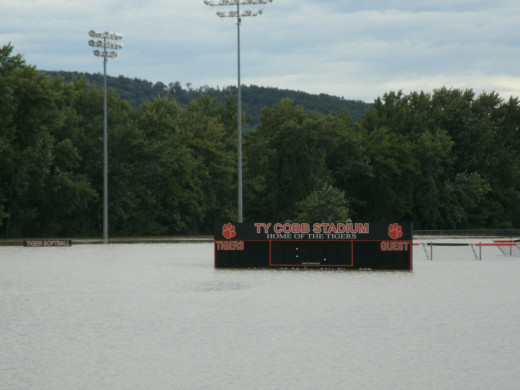
NEIGHBORHOODS RUINED AS 20,000 PEOPLE ARE EVACUATED
Between 10 to 12 inches of rain had fallen and the Susquehanna and Chenango Rivers rapidly began to spill over their flood walls. The water levels rose to over 17 feet above flood stage. Our residents were in danger and in excess of 20,000 people in Binghamton were evacuated to safe havens. We were under attack and the aggressor was water…more water than any of us had witnessed before. Soon sections of downtown Binghamton were submerged as were most of the surrounding towns and villages. Entire neighborhoods had been destroyed. It appeared as though the wrath of Mother Nature would be unrelenting and on this particular day she was angry. Within a few miles to the west of my home, is the village of Owego where 95% of that community was flooded, including their downtown business district.
Every time (since the last major flood) that it rains the people in this area cringe with fear of what might happen.
Athletic Field House Under Water
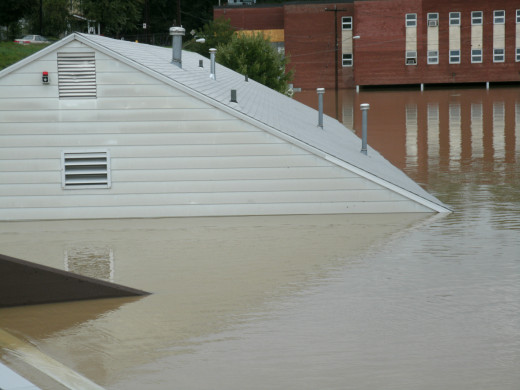
THE RAIN STOPPED AND THE DESTRUCTION BECAME OBVIOUS
Once the rain stopped and the waters began to recede the magnitude of destruction we had sustained was all too obvious. Well over 6,000 homes and building were damaged. Many would never see occupants again. Over 2,500 people were living in emergency shelters. The aftermath and cleanup were unimaginable. The term “War Zone” was used repeatedly to describe what it looked like here. Entire neighborhoods were transformed into massive garbage dumps. The Broome County Office of Emergency Services reported Storm-Related Fire Department incidents at nearly 1,700. Storm-Related Law Enforcement Incidents were just shy of 1,800. Finally, the 911 Call Center logged over 24,700 calls. Driving through some of the residential areas literally brought tears to my eyes, witnessing block after block of homes completely gutted of their contents and placed on the street. Mud, dirt and sludge were everywhere, but what really struck me was seeing the “X’s” on doors and windows indicating the structures were uninhabitable. Outhouses had been strategically placed on street corners. Some setup gas grills on dry land and barbequed for volunteers and workers. As I drove down my hill, I began choking from the noxious fumes that hung in the air and although I took numerous generic photos of the flood, I could not bring myself to take pictures of lost homes and possessions
The Susquehanna River
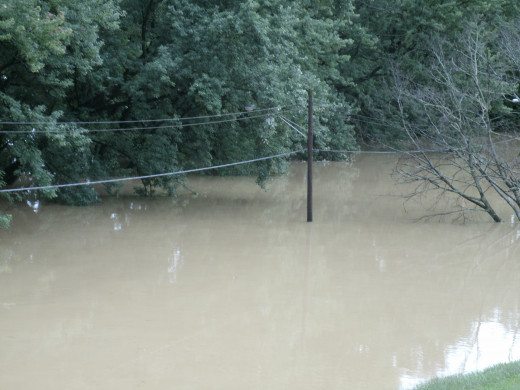
WHEN WILL IT RAIN AGAIN
We are a resilient community and are all too familiar with loss. Our unemployment rate hovers around 9% with the median household income approximately $44,000.00, which is about $7,000.00 less than the national average. Nonetheless, families and businesses are rebuilding, knowing they are doing so in a flood zone and that the chance of another major disaster is only one rainfall away.
WRITTEN BY: DENNIS L. PAGE
Stormy Skies
